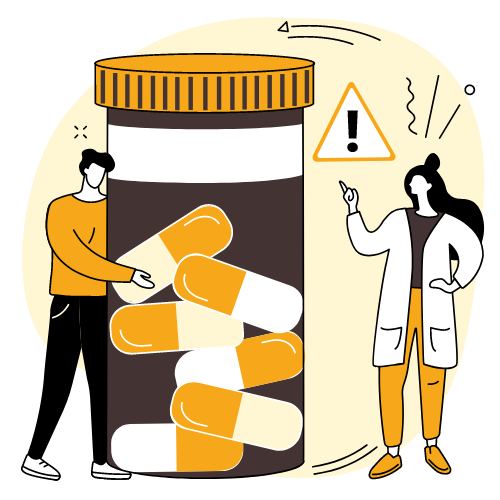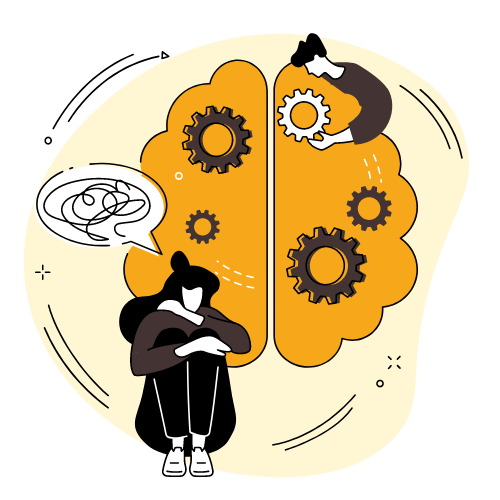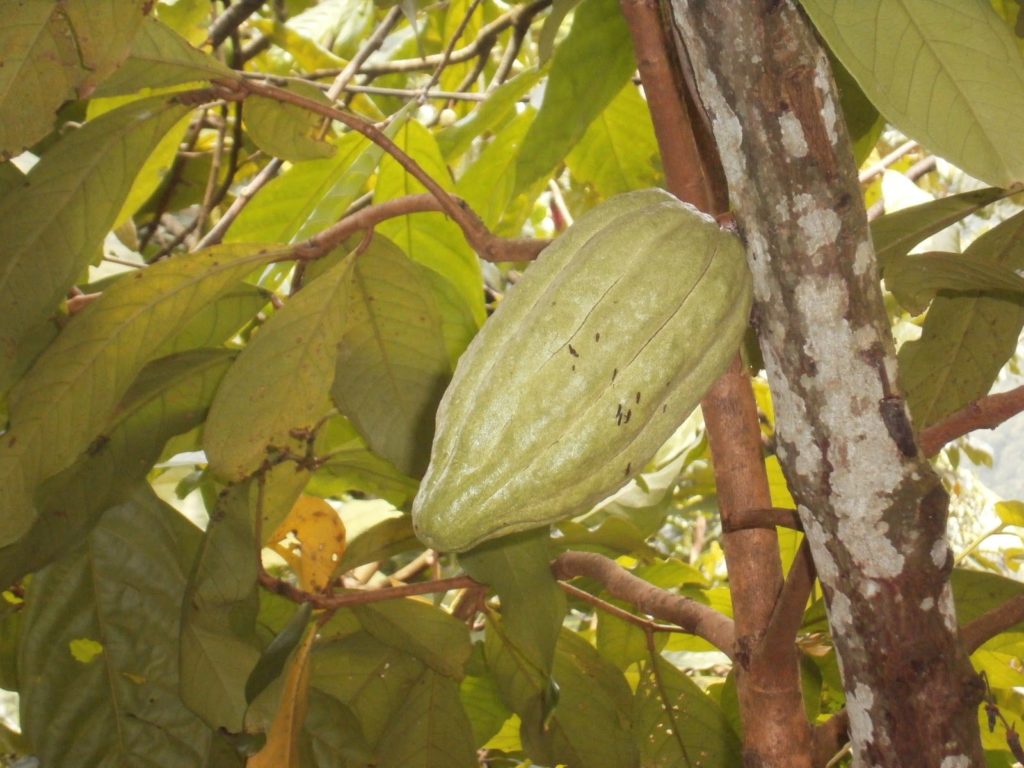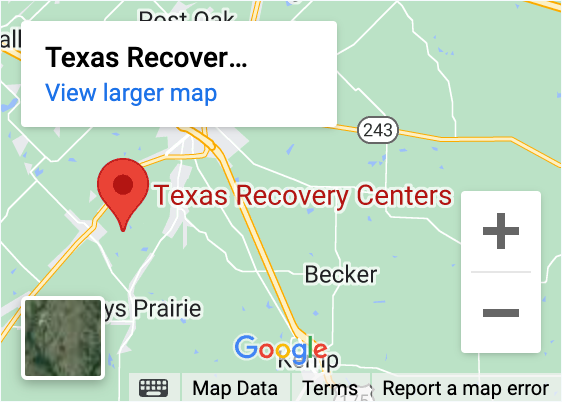The popular soft drink Coca-Cola® has many tidbits of trivia attached to it. But long before the battle of the cola wars in the 1980s, another item of interest is that one of the beverage’s early ingredients included purified cocaine. Cocaine comes from the South American coca plant. Leaves from the coca plant have been chewed by the native population for thousands of years as a natural stimulant. 
How Can Cocaine/Crack Cocaine Be Used?
Mouth, nose, veins, and lungs. Where there’s a will there’s often a way when it comes to drug use. Not much was known domestically by the U.S. government until the 1990s about the cultivation of cocaine from plant, to harvest, to cocaine paste, to cocaine base, to cocaine. In a 1991 federal report, the U.S. Drug Enforcement Agency (DEA) broke the recipe down, describing two species of cocoa plants and three varieties as most harvested due to their amount of cocaine levels. Eventually, kerosene, sulfuric acid, sodium bicarbonate, potassium permanganate, ammonia hydroxide, ethyl ether, acetone, and hydrochloric acid are added in stages to create the final product in its white powder form. 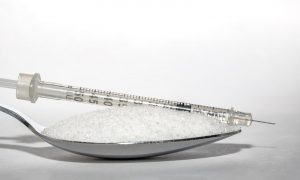
- Blow
- Coke
- Crack
- Rock
- Snow
What Is A Cocaine High Like?
Cocaine reacts in a relatively short time, with a “high” appearing nearly immediately and lasting for a few minutes or about a half-hour. The method of use causes a high to last for different lengths of time. During this stretch, a person can feel extremely alert and happy and may feel their senses of sight, sound, and touch (often related to sexual arousal) to be intensified. More negatively, the person or the people around them will notice irrational mistrust, paranoia, and agitation. Some people experience the opposite of alert and find it more difficult to do manual tasks or mentally process information. If the dosage is high, someone might even become violent or act bizarrely. Cocaine’s effects appear almost immediately and disappear within a few minutes to an hour. How long the effects last and how intense they are depend on the method of use. Injecting or smoking cocaine produces a quicker and stronger but shorter-lasting high than snorting. The high from snorting cocaine may last 15 to 30 minutes. The high from smoking may last 5 to 10 minutes.
Signs Someone May Be Using Cocaine
Visible physical signs, telltale behavioral changes, and unexplained paraphernalia can help you begin to gather a picture if someone you love may be using cocaine. 
It May Look Like Cocaine, But What Are You Actually Taking?
To keep revenue high for dealers, cocaine can be diluted with other powders similar in appearance like baking soda or talcum powder. It can even be laced with fentanyl, which is a synthetic opioid, to foster return customers to this highly addictive drug. Unfortunately, you don’t know which version you are buying and ingesting into your body until you use it. This is a dangerous guessing game that can result in addiction, overdose, and death. An overdose, whether intentional or not, occurs when serious, life-threatening effects occur. This could even result from the first dose if the amount is excessive or has other elements mixed into a dangerous combination. Adding alcohol to the equation increases the chances of overdose. [inline_cta_three]
Lifetime Cocaine Use Nationwide, Beginning At Age 12
In the United States, 20 million people have an alcohol or substance use disorder. While 16.8% of adults ages 26 and older report using cocaine in their lifetime, crack cocaine was not as common, with 4.1% of adults admitting use in the same age category.
Texas Cocaine Use Rising Steadily
In the United States, 1.9 million people are estimated to be using cocaine, according to the Drug Policy Alliance. That is 0.8% of the overall population. Since the turn of the century, Texas cocaine overdoses first peaked in 2006 with approximately 700 overdoses and declined to 400 in 2013. Overdoses began to rise and have gone beyond the last peak with the latest numbers in 2018 of around 900 overdoses. Conversely, the percent of cocaine compared to all substances seized by law enforcement has declined by almost half. A University of Texas at Austin analysis of drug use patterns and trends in the state showed that cocaine is assessed by federal drug enforcement field divisions in the state as the number one, three, and four threats in Houston, El Paso, and Dallas respectively. It points to a peace treaty supporting cocaine production in Colombia as a primary producer. The U.S. Department of Justice Drug Enforcement Agency (DEA) corroborates these concerns.
Texas Cocaine Treatment Statistics
There are 21 million Texans 18 years old and above, and according to the Substance Abuse and Mental Health Services Administration (SAMHSA), 1.79% reported cocaine use in the prior year. Whether from cocaine or another illicit drug, 2.66% of Texans reported drug dependence or use in the prior year. In 2018, there were 445 calls to poison control, 886 overdoses, and 5,496 people were admitted for substance use treatment for cocaine. Cocaine (both crack and powder) represented 8% of all admissions to Texas treatment programs in 2018, which is down from a high of 35% in 1994. The University of Texas analysis concludes with “In 2018, cocaine users are slightly more likely to inhale rather than smoke cocaine, to be Hispanic, and to be older. They are not using daily, but as their dependence increases, they may shift to smoking cocaine.” [middle-callout]
Ethnic Background With Texas Cocaine/Crack Cocaine Use
In 1994, 77% of patients receiving treatment admitted to smoking crack, compared to 46% in 2018. White admission rates for cocaine/crack cocaine were relatively the same at 28% and 26%, Black admissions dropped by 15% to 43%, but Hispanics more than doubled to 30%.
How Does Cocaine Interact With The Body?
Your brain has a natural chemical messenger called dopamine that usually returns to the cell it came from and closes signals between nerve cells. Cocaine blocks off dopamine’s return, causing a back-up between the cells, essentially flooding your system with reward messages. This repeated use causes normal dopamine communication in the brain to malfunction.
Addiction Occurs With Persistent Need To Stay High
According to the National Institute on Drug Abuse, cocaine is highly addictive. When the point of addiction occurs is not specifically known. A person’s response is to continue to keep this short-lived feeling going, but this requires more frequent use and higher dosage, as the body constantly adjusts itself to its new normal. Once the brain is no longer fed this substance causing the high from the dopamine back-up, withdrawal symptoms set in. 
Withdrawal Symptoms Can Be Eased In A Detox Program
When a person addicted to cocaine either attempts to quit taking it or can’t find money, they may experience uncomfortable side effects without the drug, including withdrawal. The euphoric effects of cocaine do not last long, and when they wear off can cause several negative symptoms. The immediate reactions to the lack of cocaine are depression, irritability, and mood swings. Over time, the withdrawal symptoms of cocaine intensify, resulting in:
- fatigue
- hunger
- tremors
- intense cocaine cravings
- nightmares or sleep disturbances
- concentration issues
Attempting to withdraw from cocaine without medical supervision can be dangerous. It is important to always seek assistance from a medical professional or detox center when struggling with substance use, including cocaine addiction.
Important To Remove Addiction Stigma
It is important to remember that rare, if ever, would it be for someone to choose an addiction. Rather, it is an occurrence that builds over time with use and can permeate all levels of society. 
Vertava Health Of Texas Treats The Whole Person



